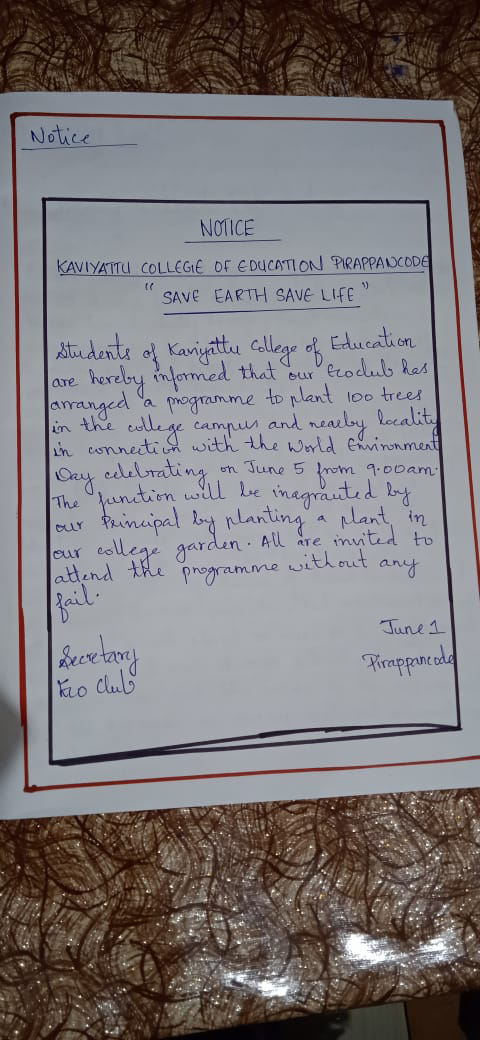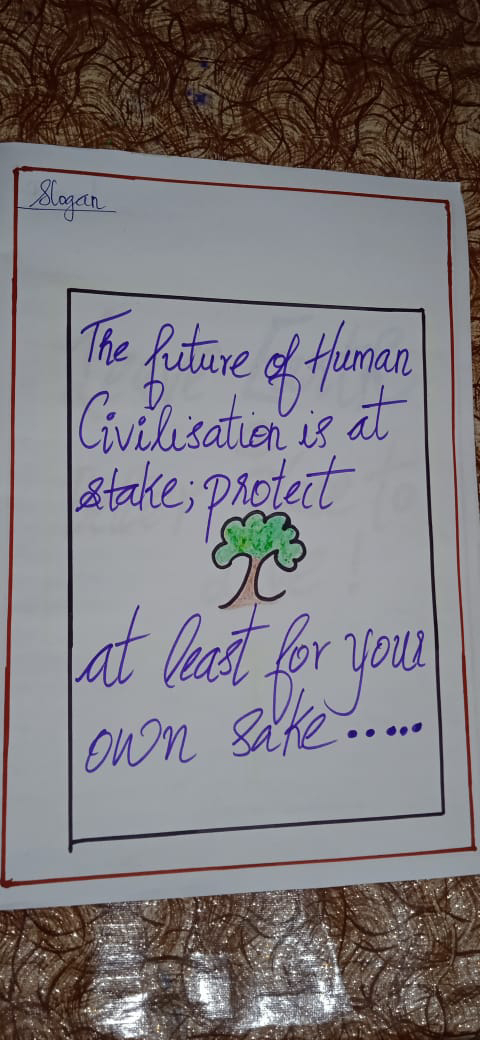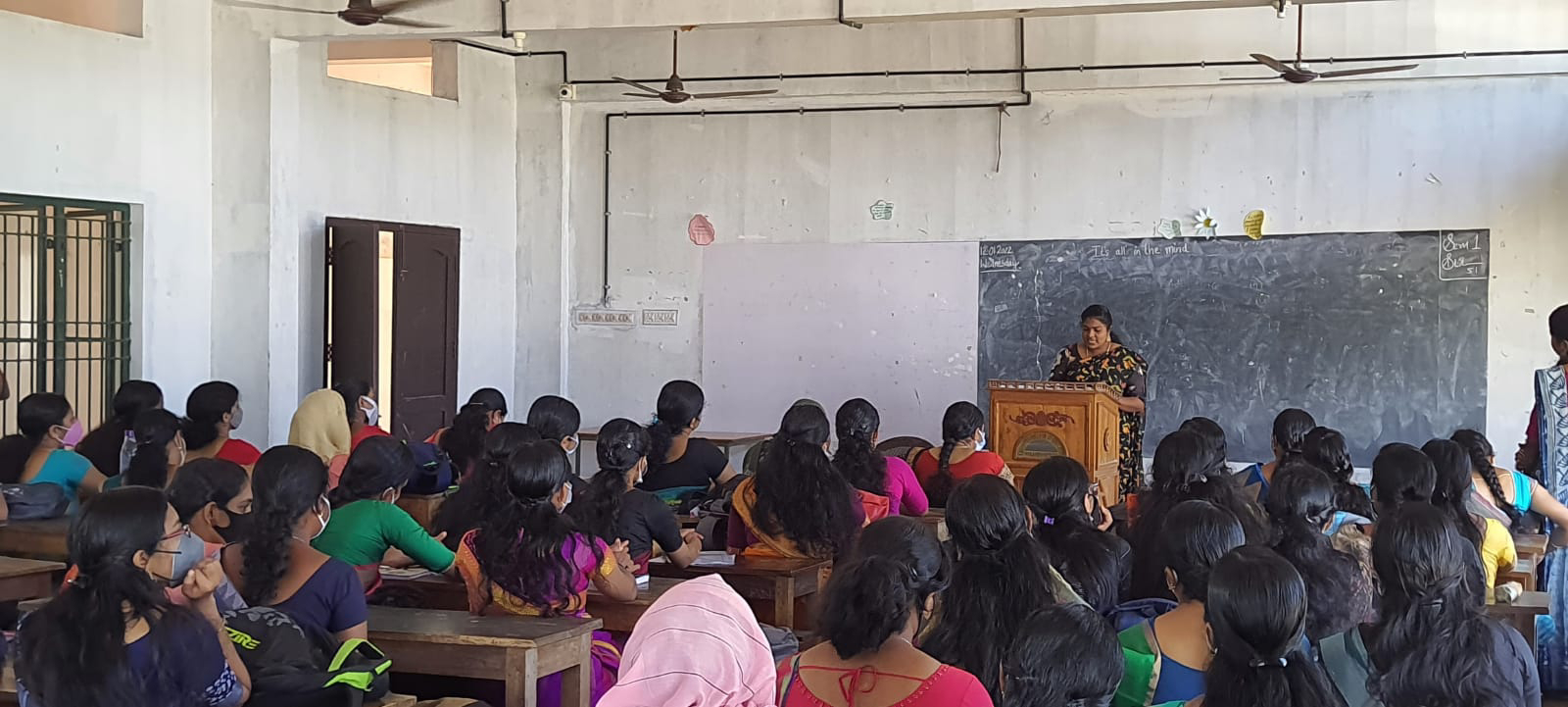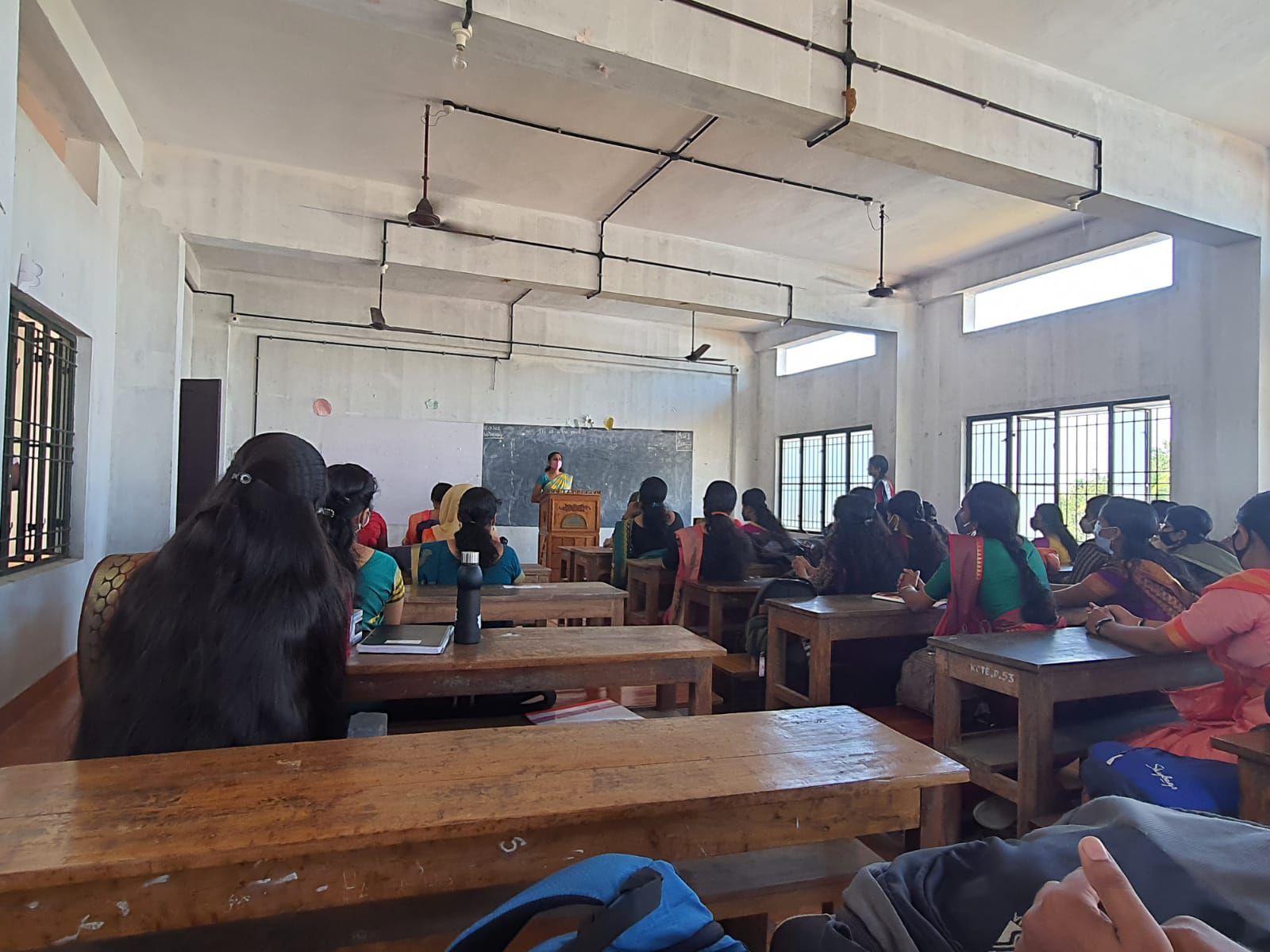Monday, January 31, 2022
Friday, January 28, 2022
Wednesday, January 26, 2022
Friday, January 21, 2022
Tuesday, January 18, 2022
Monday, January 17, 2022
Online Assignment
LANGUAGE AND SOCIETY
LANGUAGE AND CULTURE
LANGUAGE AND MEDIA
Introduction
A language is a structured system of communication used by humans,
based on speech and gesture (spoken language), sign, or often writing. The
structure of language is its grammar and the free components are its vocabulary.
Many languages, including the most widely-spoken ones, have writing systems
that enable sounds or signs to be recorded for later reactivation. Human language
is unique among known systems of animal communication in that it is not
dependent on a single mode of transmission (sight, sound etc.), it is highly variable
between cultures and across time, and affords a much wider range of expression
than other system. It has the properties of productivity and displacement, and
relies on social convention and learning.
Depending on philosophical perspectives regarding the definition of
language and meaning, when used as a general concept, “language” may refer to
the cognitive ability to learn and use systems of complex communication, or to
describe the set of rules that makes up these systems, or the set of utterances that
can be produced from those rules.
Language and Culture
Anthropologists speak of the relations between language and culture. It is
indeed more in accordance with reality to consider language as a part of culture.
Culture is here being used, as it is throughout this article, in the anthropological
sense, to refer to all aspects of human life insofar as they are determined or
conditioned by membership in a society. The fact that people eat or drink is not in
itself cultural; it is a biological necessity for the preservation of life. That they eat
particular foods and refrain from eating other substances, though they may be
perfectly edible and nourishing, and that they eat and drink at particular times of
day and in certain places are matters of culture, something “acquired by man as a member of society,” according to the classic definition of culture by the English
anthropologist Sir Edward Burnett Tylor.
As thus defined and envisaged, culture covers a very wide area of human
life and behaviour, and language is manifestly a part, probably the most important
part, of it.Although the faculty of language acquisition and language use is innate
and inherited, and there is legitimate debate over the extent of this innateness,
every individual’s language is “acquired by man as a member of society,” along
with and at the same time as other aspects of that society’s culture in which people
are brought up. Society and language are mutually indispensable. Language can
have developed only in a social setting, however this may have been structured,
and human society in any form even remotely resembling what is known today or
is recorded in history could be maintained only among people utilizing and
understanding a language in common use.
Language and Society
Language is central to social interaction in every society, regardless of
location and time period. Language and social interaction have a reciprocal
relationship: language shapes social interactions and social interactions shape anguage. Sociolinguistics is the study of the connection between language and society
and the way people use language in different social situations. It asks the question,
“How does language affect the social nature of human beings, and how does social
interaction shape language?” It ranges greatly in depth and detail, from the study of
dialects across a given region to the analysis of the way men and women speak to each
other in certain situations.
The basic premise of sociolinguistics is that language is variable and ever-changing. As
a result, language is not uniform or constant. Rather, it is varied and inconsistent for
both the individual user and within and among groups of speakers who use the same
language. People adjust the way they talk to their social situation. An individual, for
instance, will speak differently to a child than he or she will to their college professor.
This socio-situational variation is sometimes called register and depends no only on
the occasion and relationship between the participants, but also on the participants’
region, ethnicity, socioeconomic status, age, and gender.
One way that sociolinguists study language is through dated written records. They
examine both hand-written and printed documents to identify how language and
society have interacted in the past. This is often referred to as historical
sociolinguistics: the study of the relationship between changes in society and changes
in language over time.
Language and Media
Media linguistics is the linguistic study of language use in the media. It studies the
functioning of language in the media sphere, or modern mass communication
presented by print, audio-visual, digital, and networked media. Media linguistics
investigates the relationship between language use, which is regarded as an interface
between social and cognitive communication practice, and public discourse conveyed
through media. Media linguistics includes the use of the media as a source of both
historical and contemporary data for research. It is critical in examining regional
language and regional dialect models of media involving the portrayal of society and
culture. Media linguistics is crucial for understanding how the media broadcasts
language ideologies and is able to strengthen representation of a less common,
minority language or maintain representation of a dominant language.
Media language is used in second language courses given its ties to culture and its
surrounding context as well as its role in exposing students to native-speaker syntax
and vocabulary technical medium (or device) can have different communication forms, so it is not enough to just study the medium. This is even more apparent with the
emergence of new media.
Language and media ideologies intertwine in complex ways. People’s ideas about
different communicative media and different media functions shape the ways they use
these media, similar to how language ideologies impact the way people speak. Some
scholars found that the perception of message in new media environments was highly
influenced by ideologies surrounding the generic type.
CONCLUSION
Language is a vital part of human connection. Although all species have their ways of
communicating, humans are the only ones that have mastered cognitive language
communication. Language allows us to share our ideas, thoughts, and feelings with others. It
has the power to build societies, but also tear them down. Social changes produce changes in
language. This affects values in ways that have not been accurately understood. Language
incorporates social values. Language is a part of culture, and through it, we can express
cultural beliefs and values, and that the specific usages of a given word are peculiar to a
language and its relationship with culture. Language is a product of the thought and behaviour
of a society media. They provide an easily accessible source of language data for research and
teaching purposes. Media usage reflects and shapes both language use and attitudes in a
speech community. For second language learners, the media may function as the primary—or
even the sole—source of native-speaker models.
REFERENCE
1.Britannicahttps://www.google.com/url?sa=t&source=web&rct=j&url=https://www.britannica.com/topic/lan
guage/Language-andculture%23:~:text%3DLanguages%2520and%2520variations%2520within%2520languages,nor%2520do%2520t
hey%2520all%2520coincide.&ved=2ahUKEwiKorSNxov1AhWkILcAHUz4AIMQFnoECAkQBQ&usg=AOvVaw3Lo4x
LQW9iWVNjjmg-aLrg
2.SociolinguBasics.
http://www.pbs.org/speak/speech/sociolinguistics/sociolinguistics/.
3.“Media Linguistics”. Zurich University of Applied Sciences. December 7, 2020.
Friday, January 14, 2022
Wednesday, January 5, 2022
Sunday, January 2, 2022
Subscribe to:
Comments (Atom)
-
World Wetlands Day is an environmentally related celebration which dates back to the year of 1971 when several environmentalists gathered to...
































